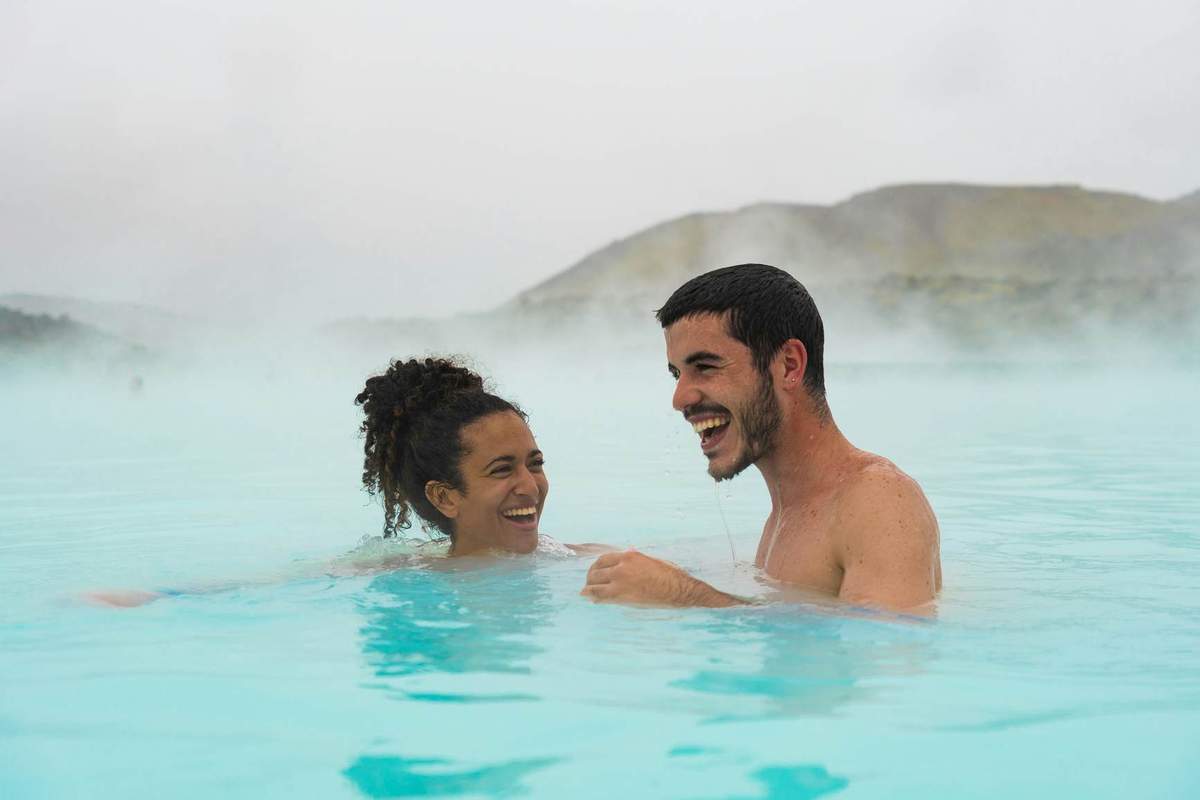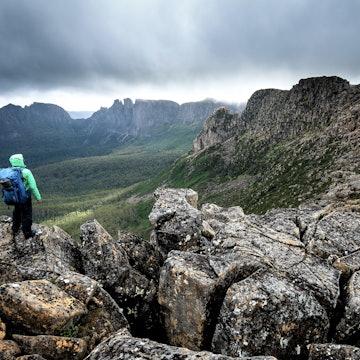
Shower before going to the pool and other tips every Reykjavik local wants you to know

May 30, 2022 • 5 min read

Fit in just like a local with our tips on what you need to know before visiting Reykjavik © Arctic-Images / Getty Images
Reykjavik’s most common bird, the joke goes, is the building crane. Construction projects are everywhere, transforming Reykjavik from an oversized fishing village to an international city with all its complications.
To first-time visitors, the capital tends to be warmer than expected (winters are like New York) and spread over a wider area (twice the size of Paris). Here are some key things to know before you go.
Please drink the water
Tap water is always safe to drink. There is absolutely no reason to buy bottled water unless destroying the Earth with plastic waste is your motivation. The government recently launched an online campaign, in English, urging visitors to drink kranavatn – the Icelandic word for ‘tap water.’ Skál!
Cards are king
In Iceland, the three groups of society still using cash are criminals, 5-year-olds and tourists. Credit card payments are the default option in shops and restaurants. In Reykjavík, a small but growing number of businesses are card-only.
Cash can still be useful, such as to pay for a hot dog or a guided walking tour. ATMs are widely found. Cash-to-cash currency exchange is possible at most banks in the city center. (Given international transaction fees, cash can also be cheaper for small purchases.)

Etiquette at the public pools
Here are ways to culturally offend an Icelander: Refer to the petit Icelandic horse as a "pony". Visit a local church dressed in mountain gear. Enter a private home without removing shoes. Haggle with a shopkeeper. Read "Independent people" and publicly dislike it.
All these acts are mild, and some might not even consider them offensive. But the one thing Icelanders universally agree to be grossly inappropriate behavior, practiced by a shocking number of first-time visitors, is poor hygiene at the public pool.
The outdoor geothermal pools, known as sundlaugar, can be found in every Reykjavík neighborhood. Men and women, young and old, tourists and locals, frequent the baths to soak in hot water and catch up with friends.
Before entering – I repeat, before – visitors must shower, head to toe. Thanks to the abundance of hot water, the pools are low on chlorine and most people like to keep it that way. Another rookie mistake is leaving the towel in the locker, and then wet the entire room on the way out. So, use the towel racks by the shower and have a good day.
International flights arrive outside of Reykjavík
Keflavík International Airport is the point of entry for all commercial arrivals to southern Iceland and at touchdown the pilots tend to say: “Welcome to Reykjavík.” In reality, the airport is 50-kilometers (31mi) away. Almost welcome but not quite.
The distance is good to keep in mind when renting a car. Check if the company is based at the airport or the town of Keflavík, to avoid a bus trip into the city. Airport buses are costly, but relatively smooth. The three main companies, running a 24-hour service, are Fly Bus, Airport Direct and Grayline, with prices ranging from 3000 - 3500 Krona (US$23-27).
Meanwhile, Reykjavík City Airport (RKV) is absurdly close to the city center.
The ‘Capital Region’ is not the same as Reykjavík
When hotels and Airbnb listings claim to be in "the Capital Region" it usually suggests a location in one of five municipalities surrounding the City of Reykjavík.
To outsiders, cruising the capital sprawl home to some 65 percent of Iceland’s population, the borders of these neighboring towns are hard to notice and meaningless. But be careful not to tell residents in Kópavogur, Hafnarfjörður, Garðabær, Seltjarnarnes or Mosfellsbær that they live in Reykjavík!

Reykjavik is balmy, except when it is not
On a Celcius scale, monthly temperatures in Reykjavík are surprisingly steady throughout the year – from 3° in January to 14° in July – thanks to the warm Gulf Stream. But look closer, at the wind strength, for the full picture. A strong breeze can easily make the mid-temperature days feel freezing.
Another tip worth considering when weighing the forecast ahead of arrival, is that Reykjavík weather is a poor representation of Iceland in general: this southern corner tends to be the warmest, but also the wettest (wind almost always follows rain, so umbrellas are rarely usable).
How many days are perfect in Reykjavik?
One day in Reykjavik is enough to trek the entire downtown – from the Old Harbour to the Hlemmur food hall – covering most shops and landmarks along the way. Two days can include indoor visits like the Hallgrímskrikja tower and the National Gallery. Three days gives you time to venture beyond the center, to any of the eighteen sundlaugar public pools and the vista at Perlan. Day number four is all about recovering from a night out.
The average tourist spends three nights in Reykjavík, based on industry data. Yet, the number is inflated by the volume of people using the city as a hub for day-tours around southern Iceland, such as the famous Golden Circle. In comparison, the overall average length of stay during summer is ten nights.
https://youtu.be/d3FNk-CJYvk
Health and safety in Reykjavik
Reykjavík is among the world’s safest capital cities when it comes to crime and violence. Police patrols are unarmed and no neighborhood is considered unsafe, or less safe for that matter. Pickpocketing is very rare but petty theft is by some measures a growing problem – it would be unwise to leave a bike or a car unlocked.
As elsewhere in Iceland, nature poses the largest risk and the southwestern region covering Reykjavik is hit by an earthquake every few years. The last one was in 2021, when a magnitude-5.6 earthquake reached the city from nearby but left no damage. Avalanches remain Iceland’s most lethal natural disasters and those trekking Esjan, the "mountain of Reykjavík", should follow local advice in heavy snow.
The local emergency number is 112 (which is the Nordic version of 911).















